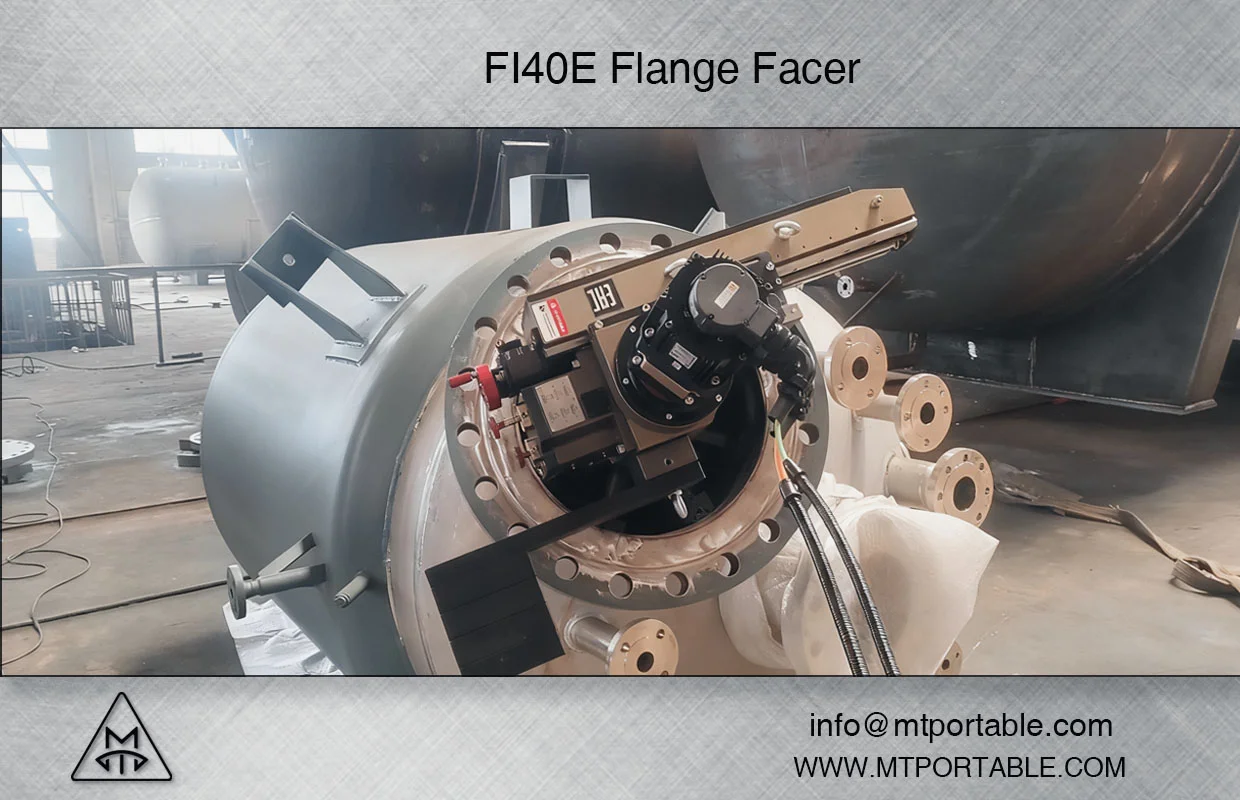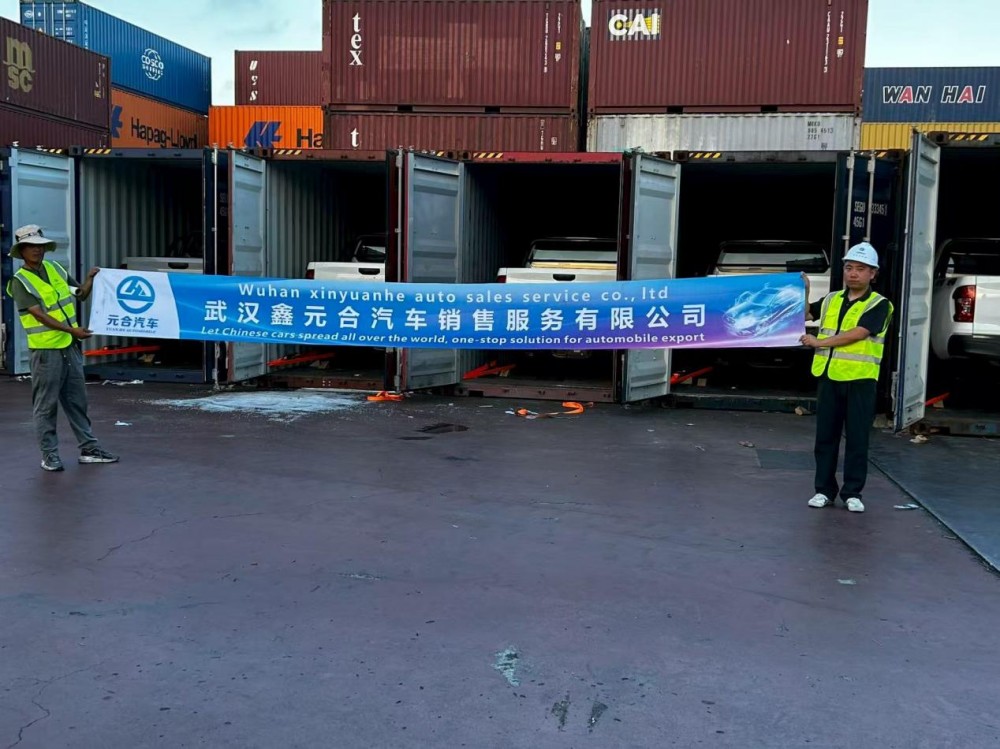Annular shaft kilns (ASK) are widely used in the production of lime and other materials due to their efficiency and environmental benefits. However, as technology advances, many operators are considering annular shaft kiln burner retrofits to improve performance, reduce emissions, and lower operational costs. But what exactly are these retrofits, and why should you consider them?
Understanding Annular Shaft Kiln Burner Retrofits
Before diving into the benefits, it's important to understand what annular shaft kiln burner retrofits entail. A retrofit typically involves upgrading or replacing existing burner systems with more advanced technology to enhance performance. These upgrades can include the installation of new burner heads, advanced control systems, and improved fuel injection mechanisms.
Modern retrofits are designed to address common issues in older kiln systems, such as uneven heat distribution, high fuel consumption, and excessive emissions. By upgrading the burner system, operators can achieve more consistent product quality while reducing operational inefficiencies.
Enhanced Energy Efficiency
One of the primary reasons for considering annular shaft kiln burner retrofits is the significant improvement in energy efficiency. Older burner systems often consume more fuel due to outdated technology and inefficient combustion processes. Retrofits introduce advanced burner designs that optimize fuel usage, resulting in lower energy consumption.
Improved energy efficiency not only reduces fuel costs but also minimizes the carbon footprint of the kiln. This is particularly important as industries face increasing pressure to comply with environmental regulations and reduce greenhouse gas emissions.
Improved Product Quality
Consistent heat distribution is crucial for producing high-quality lime and other materials. Older burner systems can lead to uneven heating, resulting in product inconsistencies and increased waste. Annular shaft kiln burner retrofits address this issue by incorporating advanced combustion technology that ensures uniform heat distribution throughout the kiln.
With better temperature control, operators can achieve more consistent product quality, reducing the likelihood of defects and improving overall production efficiency. This leads to higher customer satisfaction and potentially greater market competitiveness.
Reduced Emissions and Environmental Impact
Environmental sustainability is a growing concern in many industries, and annular shaft kiln burner retrofits play a crucial role in reducing emissions. Advanced burner systems are designed to minimize the release of harmful pollutants, such as nitrogen oxides (NOx) and sulfur oxides (SOx), by optimizing the combustion process.
Lower emissions not only help companies comply with stringent environmental regulations but also contribute to a healthier environment. Additionally, reducing emissions can enhance a company's reputation as an environmentally responsible organization, which can be a significant advantage in today’s eco-conscious market.
Cost Savings and Return on Investment
While annular shaft kiln burner retrofits require an initial investment, the long-term cost savings can be substantial. Improved energy efficiency leads to lower fuel costs, while enhanced product quality reduces waste and rework. Additionally, modern burner systems often require less maintenance, further reducing operational expenses.
The combination of these factors results in a favorable return on investment (ROI) for companies that choose to retrofit their kiln burners. In many cases, the cost savings realized from reduced fuel consumption and maintenance can offset the initial investment within a few years.
Enhanced Operational Flexibility
Another significant advantage of annular shaft kiln burner retrofits is the increased operational flexibility they provide. Modern burner systems are designed to accommodate a wider range of fuels, including alternative and renewable energy sources. This flexibility allows operators to adapt to changing market conditions and fuel availability.
Moreover, advanced control systems enable more precise adjustments to the combustion process, allowing operators to fine-tune kiln performance based on specific production requirements. This level of control can lead to further improvements in efficiency and product quality.
Extending the Lifespan of Existing Equipment
Investing in annular shaft kiln burner retrofits can also extend the lifespan of existing kiln equipment. By upgrading critical components, operators can improve the overall performance and reliability of their kilns without the need for costly replacements. This approach not only preserves capital but also minimizes downtime associated with installing entirely new systems.
Regular maintenance and timely retrofits can keep kilns operating efficiently for many years, providing a cost-effective solution for companies looking to maximize their existing assets.
Conclusion: Is an Annular Shaft Kiln Burner Retrofit Right for You?
In conclusion, annular shaft kiln burner retrofits offer a range of benefits, from improved energy efficiency and product quality to reduced emissions and operational costs. These upgrades provide a practical solution for companies seeking to enhance kiln performance while meeting environmental regulations and staying competitive in the market.
If you’re considering a retrofit for your annular shaft kiln, it’s essential to assess your specific needs and consult with experts in the field. With the right approach, a burner retrofit can deliver significant long-term benefits and contribute to the sustainable growth of your business.
Whether you aim to reduce your environmental impact, lower operational costs, or improve product quality, annular shaft kiln burner retrofits could be the key to achieving your goals.
https://www.jiangsuyuli.com/Burner-Retrofits.html
Jiangsu Yuli Energy saving Technology Co., Ltd.


More Stories
Application Case of MT Portable Flange Facing Machine in the Petrochemical Industry
Round packaging machine: the power of efficient integration
Understanding the Titanium Cathode Drum PVA Polishing Machine: Principles and Applications